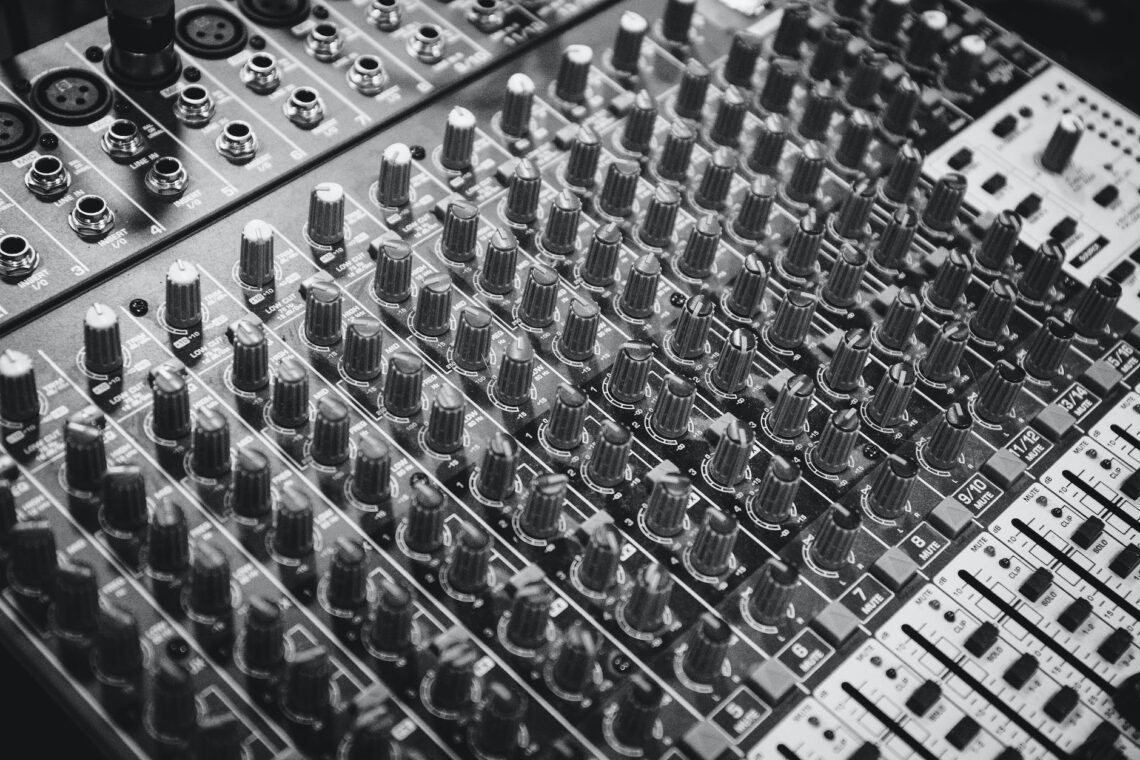We start thinking about overdubbing once the fundamental structure of a track has been established. To improve the audio quality of your music, this procedure involves adding fresh recordings to the base mix. Think of overdubbing as a way to give a canvas more depth and vitality by adding layers of texture and color. What follows are some of my overdubbing notes.
Overdubbing sometimes involves including many melodic or percussion components, such as lead guitars, keyboards, vocals, and any other musical parts that support the narrative of the song. It has the built-in flexibility to let you record each instrument or voice part individually, letting you concentrate on each layer and improve how it affects the overall mix.
Overdubbing Notes (The Basics)
Every song has a distinct melodic voice. This voice is supported by your song’s melody instruments, including the vocals. These components can shine through in the mix through overdubbing. The song’s lyrics come to life through the vocals, which are frequently recorded in isolation for clarity. Rich vocal harmonies or doubling effects may be produced by overdubbing, which can give vocals a significant amount of depth. Just listen to any professional recording, and you’ll hear vocal overdubs throughout.
Additional melodies are provided by other lead instruments, such as lead guitars, pianos, horns, and synths. Each of these instruments may be recorded and overdubbed independently for the greatest control, whether it’s a captivating guitar hook, a soaring piano line, or an enticing saxophone riff.
Techniques for Successful Overdubbing
Successful overdubbing isn’t just about recording additional tracks—it’s about understanding how these elements interact to create a balanced, engaging soundscape.
One key technique is to pay close attention to the frequency spectrum. Ensure that each overdubbed element has its own space in the mix to prevent frequency clashing and maintain clarity.
Additionally, consider the entire stereo field. Using panning to distribute your overdubbed elements across the stereo field creates a broader, more immersive listening experience.
Also, keep in mind that less is often more. While overdubbing allows you to layer many elements, each addition should serve the song, not detract from it.
Personal Approach to Overdubbing
I find that overdubbing isn’t just about adding more—it’s about adding value. I listen carefully to the basic track, letting it guide me toward the elements it needs. Is the chorus crying out for a three-part vocal harmony? Could the verses benefit from a subtle keyboard pad? Should I double or triple my main vocal lines?
I also love to be creative with overdubbing. Experimenting with different textures and colors can be a lot of fun. I allow myself the freedom to try out different ideas, knowing that I can always hit the undo button. This playful, experimental approach is key to discovering the unique sounds and textures that can make a track stand out.
Challenges in Overdubbing
Like any stage of the recording process, overdubbing presents its own set of challenges. Achieving a clear and balanced mix can be complex, as can capturing the perfect vocal take or nailing that intricate guitar solo. It requires both technical know-how and creative intuition.
Overdubbing also demands a keen ear and a discerning mindset. You must learn to listen critically to your track, identifying any weak spots, extraneous elements, or missing pieces. This requires patience, focus, and a commitment to serving the song rather than the ego.
…
Overdubbing is a vital process in music production that adds depth, color, and complexity to your sound. By layering vocals, guitars, and other elements on top of your basic tracks, you can bring your musical vision to life in all its vibrant detail.
Remember to sign up for the newsletter!
